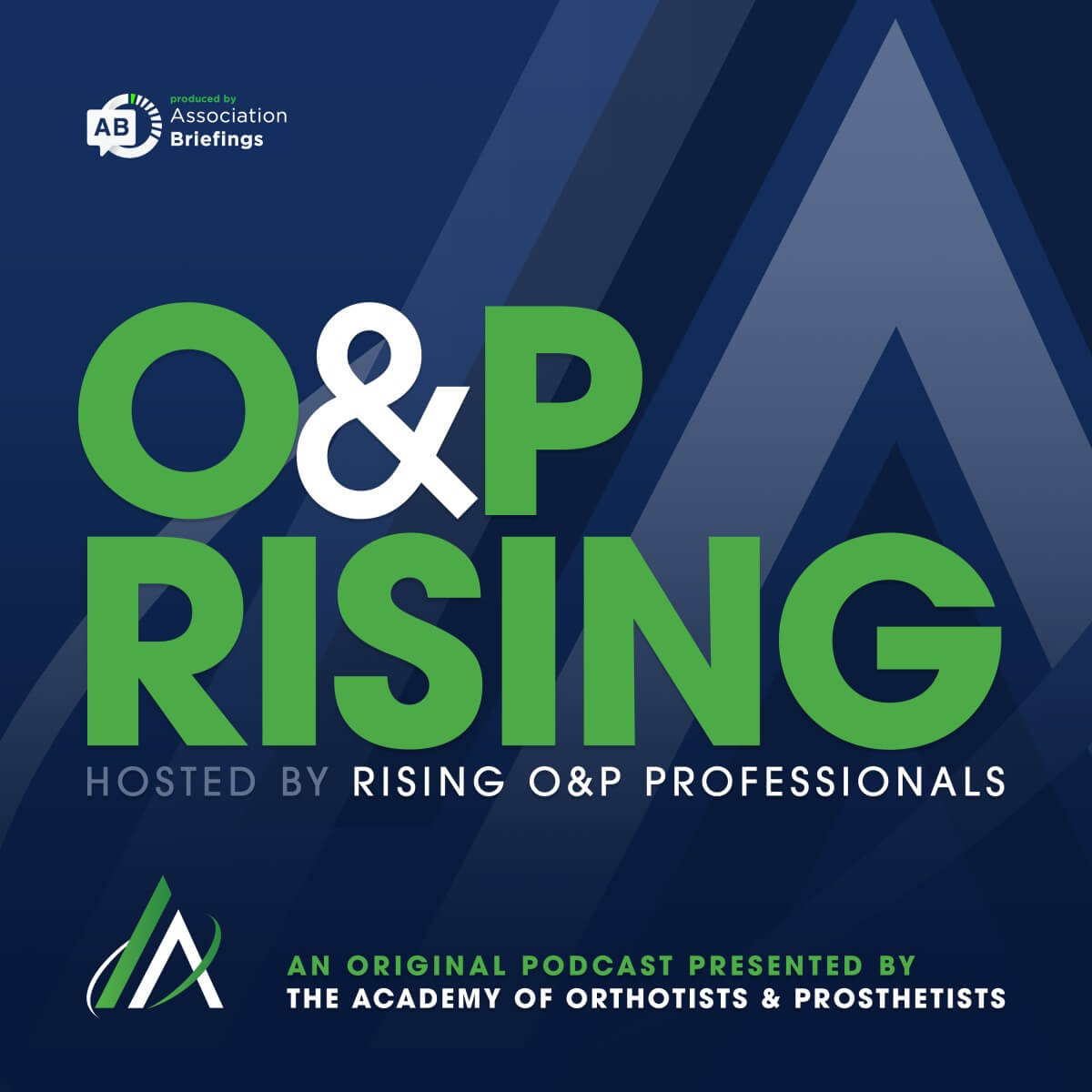O&P Rising Early Career Toolkit
Your Go-To Playbook for Resumes, Interviews, Mentors & Early Career Wins

A practical playbook for students, residents, and early-career O&P professionals—built by mentors who’ve been in your shoes.
🧭 Early-Career Focus 📚 Evidence-informed 🤝 Mentor-approved
Step 1
📄 Resume & CV Mastery
“Your resume is not a diary, it's your highlight reel. Lead with what proves you can help a patient tomorrow.”
- Credentials first: CP/CO, residency, licensure, ABC/BOC, FAAOP (or in progress).
- Action verbs: “Fit transtibial prosthesis,” “Performed gait assessment,” “Fabricated custom KAFO.”
- Technical stack: fabrication methods, CAD/CAM, alignment tools, outcome measures.
- Academy involvement: societies, posters, committees, volunteer roles.
- Tailor to role: clinical vs. research vs. industry; surface relevant wins.
Formatting tips
- 1–2 pages; consistent spacing; save as PDF.
- Bullets > paragraphs; quantify where possible (e.g., caseload/week).
- Filename:
Lastname_Firstname_OP_Resume.pdf
1
Patient-facing skills
Education, communication, follow-up, adherence.
Education, communication, follow-up, adherence.
2
Teamwork
PT/OT/PM&R collaboration, case conferences.
PT/OT/PM&R collaboration, case conferences.
3
Documentation
Coding literacy, justification language, payer savvy.
Coding literacy, justification language, payer savvy.
Common Pitfalls
- Hands-on work hidden under “Education.”
- Vague bullets (fix: verb + context + tool + result).
- Skills list with no evidence in experience.
- Overloading with jargon makes your work harder to review for non-clinical reviewers
- Leaving gaps unexplained like unaccounted for time between graduation, residencies and jobs
Step 2
✅ First-Year Success Playbook
- Find a mentor who gives direct feedback; schedule recurring check-ins.
- Master documentation early: justification language, coding, payer policies.
- Shadow broadly: pediatrics, spine, trauma, geriatrics.
- Join Academy Societies: learn, present, and network.
- Teach-back with patients to confirm understanding.
1 case reflection · 1 lab skill rep · 1 paper/abstract skim · 1 mentor touchpoint.
Habits that Compound
- Capture “wins & lessons” after complex cases.
- Build a personal library of templates (notes, checklists, handouts).
- Say “I don’t know” early; follow with “I’ll find out.”
On-Track Signals
- Fewer document returns; faster approvals.
- Patients paraphrase instructions clearly.
- Colleagues consult you on similar cases.
Step 3
🤝 Networking & Mentorship
- Introduce yourself at events: awkward is temporary; invisible is forever.
- Follow up within 48 hours (short email or LinkedIn note).
- Ask for stories, not jobs: “What helped you most as a new practitioner?”
- Offer reverse mentorship (tech tips, CAD/CAM workflows).
- Update mentors on milestones; gratitude keeps doors open.
Conversation Starters
- “I’m exploring [specialty]. What early skill would you double-down on?”
- “What’s a common documentation mistake new grads make—and how do I avoid it?”
- “Which course or paper shifted your approach most this year?”
Follow-up templates
Post-event: “Thanks for your insights on outcome measures—helpful framing. May I connect here to keep learning from your work?”
Mentor check-in: “Quick update: tried your alignment tip on a TT case—cleaner results. Appreciate your time last week.”
Step 4
🧪 Interview Prep
- Bring 3 case stories (context → action → result → reflection).
- Carry a de-identified documentation sample.
- Know the clinic’s patient mix; outline how you’ll add value in 90 days.
- Prepare questions that signal growth, not just logistics.
Common questions you’ll get
- “Tell me about a challenging fit and how you handled it.”
- “How do you balance lab time and clinic efficiency?”
- “Where do you want to deepen expertise this year?”
Questions to Ask Them
- “What does success look like at 90 days and 12 months?”
- “How do new clinicians receive feedback and mentorship?”
- “Which outcome measures are standard here, and how are they used?”
- “What training resources or CEU support do you provide?”
Pro-tip: ask about documentation workflows. It shows you understand real-world constraints.
Step 5
📚 Templates & Scripts
- Resume bullet formula
Verb + context + tool/skill + result
“Performed transtibial alignment using XYZ jig; improved gait symmetry per 10-meter walk test.” - Patient education (teach-back)
“I’ll explain fit & care, then I’ll ask you to repeat it back so I know I was clear.” - Mentor outreach
“I admire your work in [area]. Could I ask 2–3 questions about early-career focus? Happy to keep it to 15 minutes.”
Documentation Starters
- “Patient presents with [Dx]; functional level [K-level]; goals include [ADLs/community ambulation].”
- “Device indicated due to [clinical justification]; alternatives considered included [x, y].”
- “Education provided on wear, care, skin checks; patient demonstrated teach-back.”
- “Outcome measure: [e.g., TUG, 10MWT] baseline [x], post-intervention [y].
